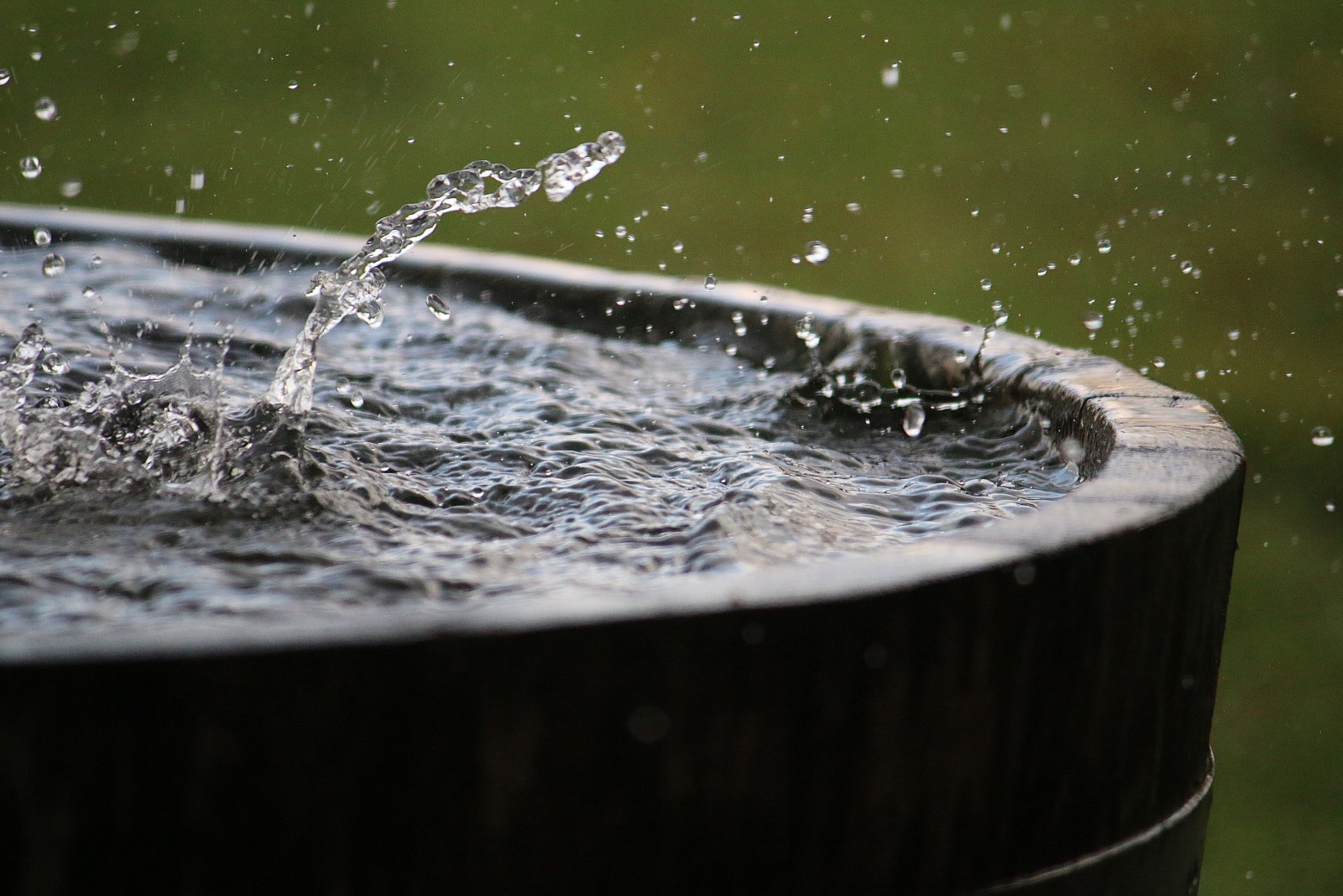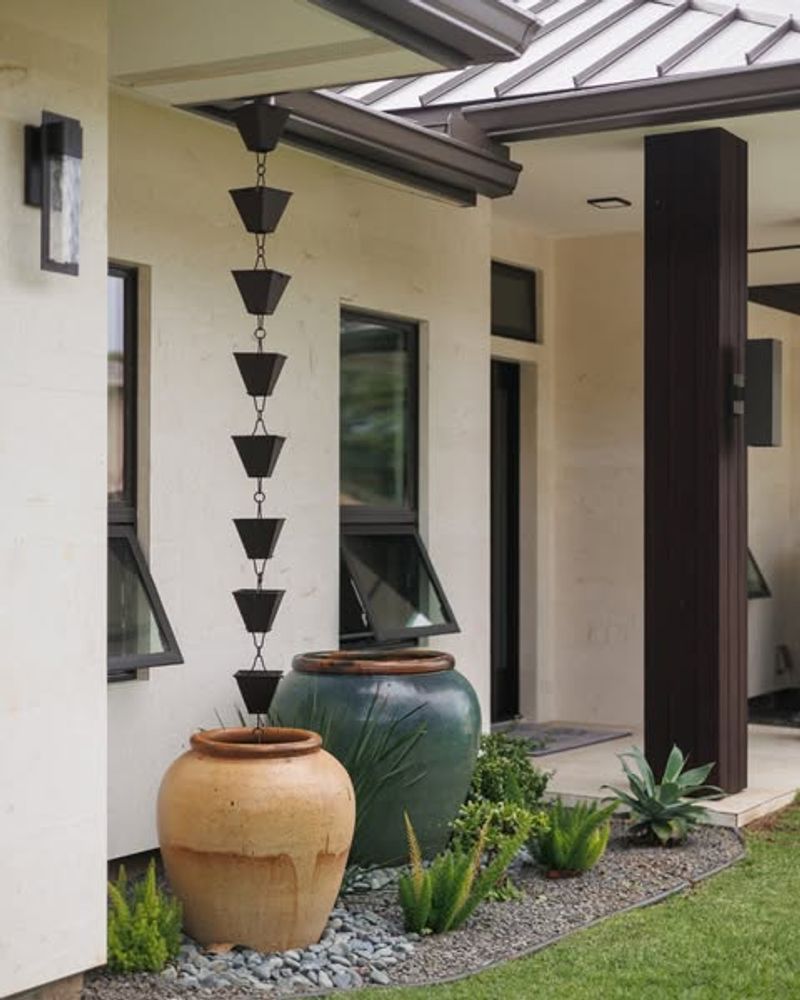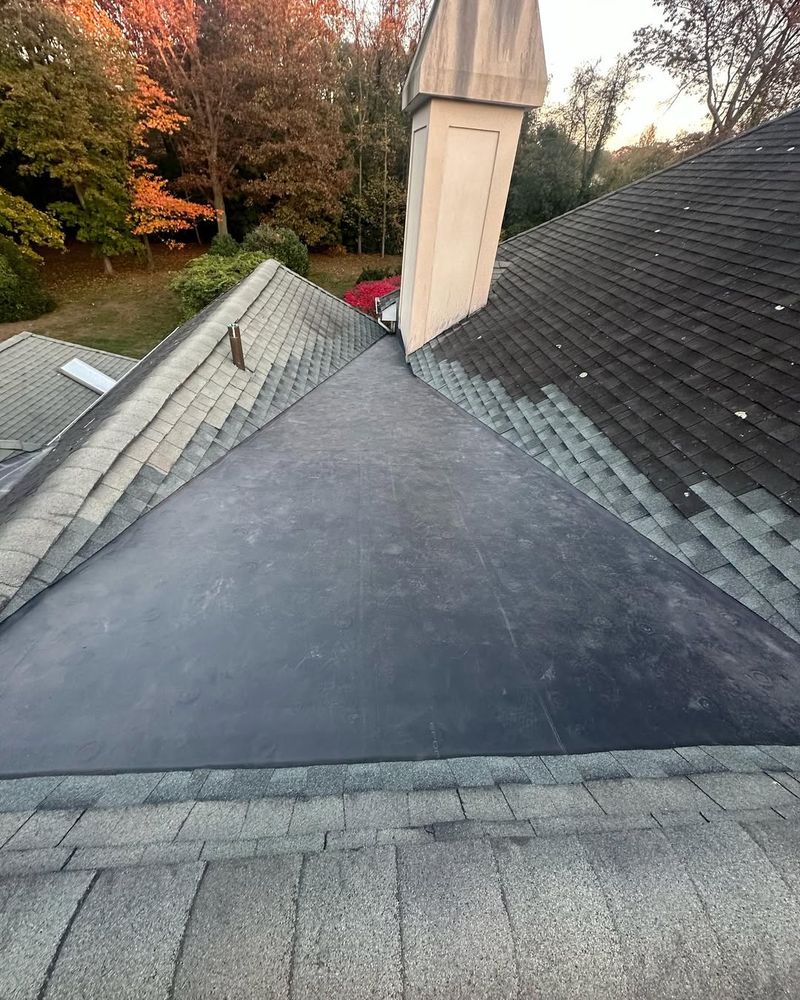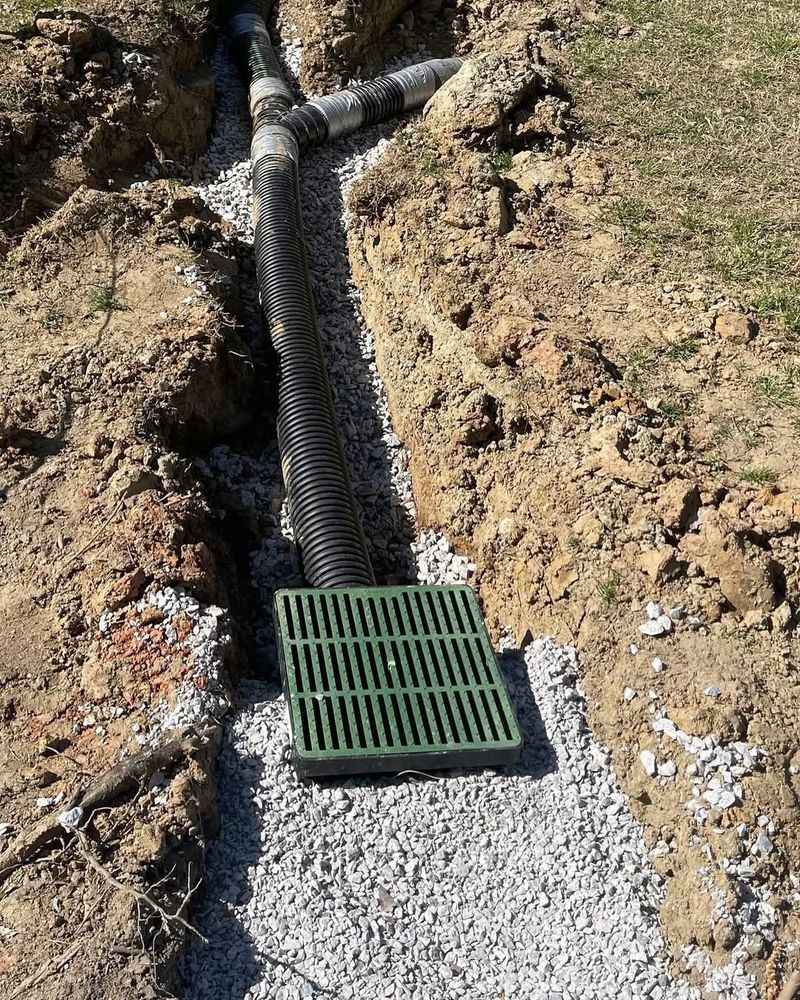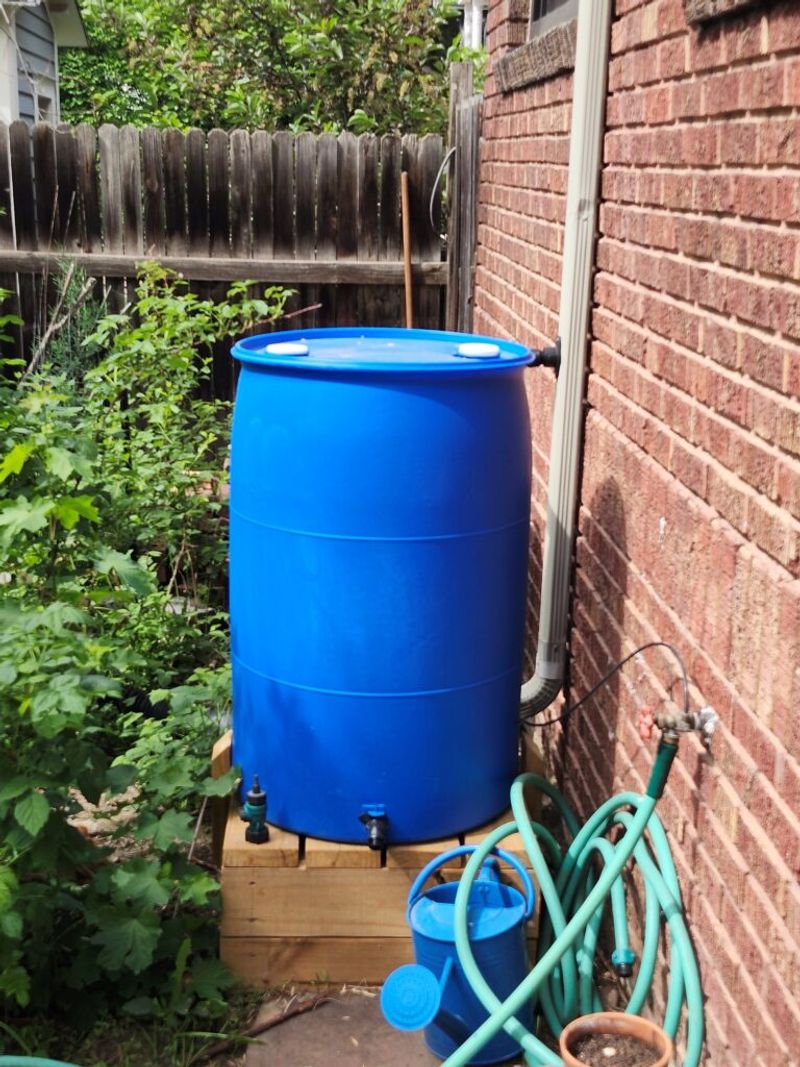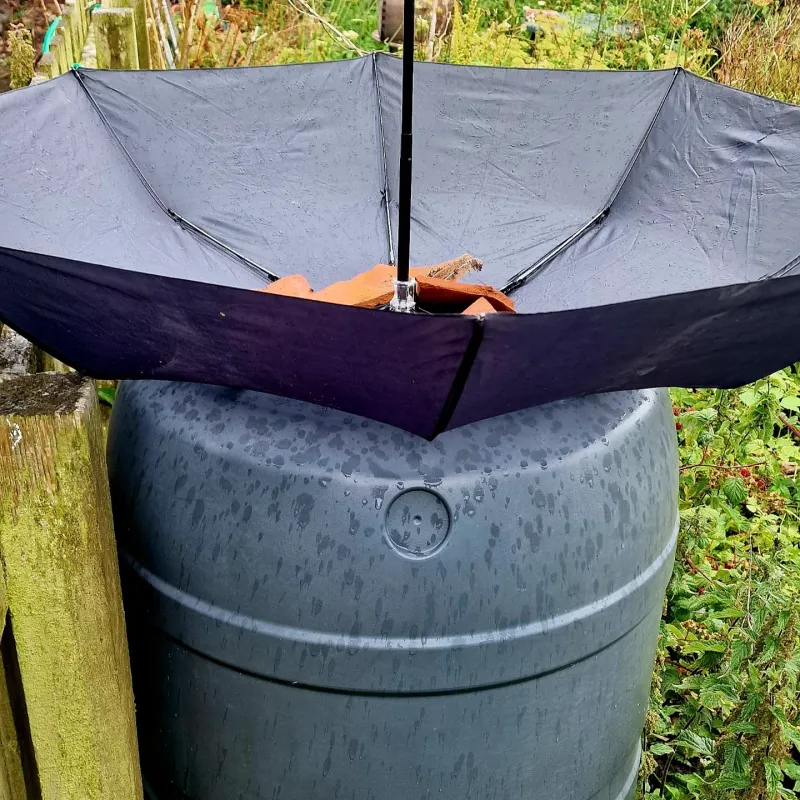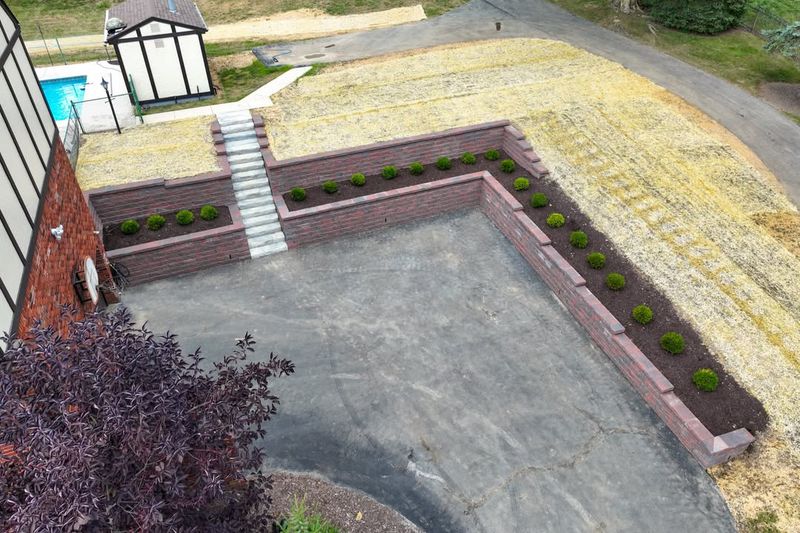Arizona’s desert climate might seem dry most of the year, but when the monsoon season hits, rain pours down fast and heavy. Capturing this precious water doesn’t always require fancy gutter systems or expensive installations.
With a little creativity and some simple techniques, you can collect rainwater right from your roof or yard, even when gutters aren’t in the picture.
1. Rain Chains: A Beautiful Alternative
Rain chains offer an elegant way to guide water from your roof to a collection container below. Originally from Japan, these decorative chains replace downspouts and create a mesmerizing water feature during storms.
Hang them from the roof edge where water naturally runs off. As rain flows down the chain’s cups or links, it follows gravity straight into your barrel or cistern.
They work especially well during Arizona’s intense monsoon downpours, turning water collection into a visual treat for your yard.
2. Roof Valley Diversion Systems
Your roof valleys naturally channel water to specific spots, making them perfect collection points. Installing a simple diverter at the valley’s edge redirects this concentrated flow into storage containers.
Metal flashing or PVC piping works great for creating these diverters. Position your collection barrel directly beneath the valley outlet, and you’ll catch significant amounts during each rainfall.
Most Arizona homes have at least one valley that produces strong water flow, making this method surprisingly efficient and cost-effective.
3. Ground-Level Catchment Basins
Dig shallow basins around your home’s perimeter where roof runoff naturally hits the ground. Line these depressions with landscape fabric and fill them with gravel to filter and slow water absorption.
Water collected here can either soak into the soil to nourish nearby plants or flow through piping to larger storage tanks. This passive system requires minimal maintenance once established.
During Arizona’s summer monsoons, these basins prevent erosion while capturing hundreds of gallons for later use in gardens.
4. Barrel Placement At Drip Lines
Position rain barrels strategically beneath your roof’s drip line, where water naturally falls from the edge. During rainstorms, water sheets off the roof and drops directly into open containers below.
Space multiple barrels along the drip line to maximize collection across your entire roof area. Connect them with overflow hoses so excess water flows from one barrel to the next.
This straightforward approach requires no roof modifications and lets you start harvesting water immediately with minimal investment or setup time.
5. Tarp and Funnel Collection Rigs
Suspend a large waterproof tarp at an angle near your home to create an instant catchment surface. Attach a funnel or create a low point where water naturally pools and drains into your collection vessel.
Secure the tarp’s corners to posts, trees, or your home’s structure using rope or bungee cords. Position the drainage point over your largest storage container for maximum efficiency.
This portable solution works perfectly for renters or anyone wanting flexibility, plus you can move it seasonally to capture the best rainfall.
6. Patio and Hardscape Water Harvesting
Your patio, driveway, and walkways already shed water efficiently during storms. Create subtle slopes or channels that guide this runoff toward planted areas or collection points rather than letting it drain away.
Install French drains or simple trenches lined with river rock to direct water flow. You can also position rain barrels at low points where hardscape water naturally accumulates.
Since Arizona homes often have extensive hardscaping, this method captures significant volumes that would otherwise evaporate or run off your property completely.

